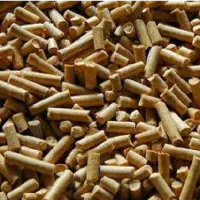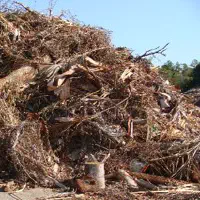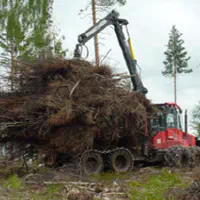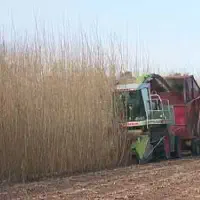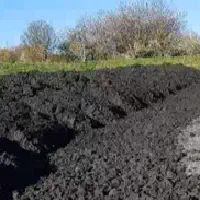Resources
To explore the topic further, we recommend the following references:
Wolf C, Klein D, Weber-Blaschke G, Richter K (2016) Systematic Review and Meta-Analysis of Life Cycle Assessments for Wood Energy Services. J Ind Ecol 20:743–763. https://doi.org/10.1111/jiec.12321
Pellets from various biomass:
Porsö, C. and Hansson P.- A.(2014). Time-dependent climate impact of heat production from Swedish willow and poplar pellets – In a life cycle perspective. Biomass and Bioenergy 70, 287-301.
Porsö, C.,Hammar, T., Nilsson,D. and Hansson P.-A(2016). Time-dependent climate impact and energy efficiency of non- torrefied and torrefied wood pellets from logging residues.
Porsö, C., Mate, R., Vinterbäck, J. and Hansson P.-A(2016). Time-Dependent Climate Effects of Eucalyptus Pellets Produced in Mozambique Used Locally or for Export. Bioenergy Research 9(3), 942-954.
Logging residues
Hammar T, Ortiz C, Stendahl J, et al (2015) Time-Dynamic Effects on the Global Temperature When Harvesting Logging Residues for Bioenergy. BioEnergy Res 8:1912–1924. https://doi.org/10.1007/s12155-015-9649-3
Willow
Hammar T, Hansson P-A, Sundberg C (2017) Climate impact assessment of willow energy from a landscape perspective: a Swedish case study. GCB Bioenergy 9:973–985. https://doi.org/10.1111/gcbb.12399
Branches, tops, stumps from long-rotation forestry + Willow
Hammar T, Stendahl J, Sundberg C, et al (2019) Climate impact and energy efficiency of woody bioenergy systems from a landscape perspective. Biomass and Bioenergy 120:189–199. https://doi.org/10.1016/j.biombioe.2018.11.026
Land use
Berndes G, Ahlgren S, Börjesson P, Cowie Annette L (2012) Bioenergy and land use change—state of the art. Wiley Interdiscip Rev Energy Environ 2:282–303. https://doi.org/10.1002/wene.41
Potential
de Jong J, Akselsson C, Egnell G, et al (2017) Realizing the energy potential of forest biomass in Sweden – How much is environmentally sustainable? For Ecol Manage 383:3–16. https://doi.org/10.1016/j.foreco.2016.06.028
Berndes ref list
https://www.chalmers.se/en/staff/Pages/goran-berndes.aspx
Cherubini F, Strømman AH (2011) Life cycle assessment of bioenergy systems: State of the art and future challenges. Bioresour Technol 102:437–451. https://doi.org/10.1016/j.biortech.2010.08.010
Energy and greenhouse gas balance of bioenergy production from poplar and willow: a review
SYLVESTRE NJAKOU DJOMO, OUAFIK EL KASMIOUI, REINHART CEULEMANS
First published: 11 November 2010
https://doi.org/10.1111/j.1757-1707.2010.01073.x
EU Database biomass production & supply
http://data.europa.eu/89h/jrc-alf-bio-biomass-db-lca-supply-chains-2018-protected
And report DOI https://doi.org/10.2760/181536
Excel file supporting report: https://jeodpp.jrc.ec.europa.eu/ftp/jrc-opendata/ALF-BIO/datasets/biomass-db-lca-supply-chains-2018-protected/LATEST/BIOMASS_Database_of_LCA_supply_chains_2018_v2a_Protected.xlsx
DataM https://op.europa.eu/en/publication-detail/-/publication/ce366cbc-737e-4b7a-ac9b-a10490510c0a/language-en/format-PDF/source-245946220
[from elsewhere]
- [data] Phyllis2 - Database for the physico-chemical composition of (treated) lignocellulosic biomass, micro- and macroalgae, various feedstocks for biogas production and biochar, developed and maintained by TNO (Netherlands)
- [review] A review of the climate impact of different biomass supply-chain
- [article] Methodology - reference land use and biomass in LCA
- [report] KSLA - C flows in the Swedish agro-food industry
- [article] Berndes on biomass potential estimates

